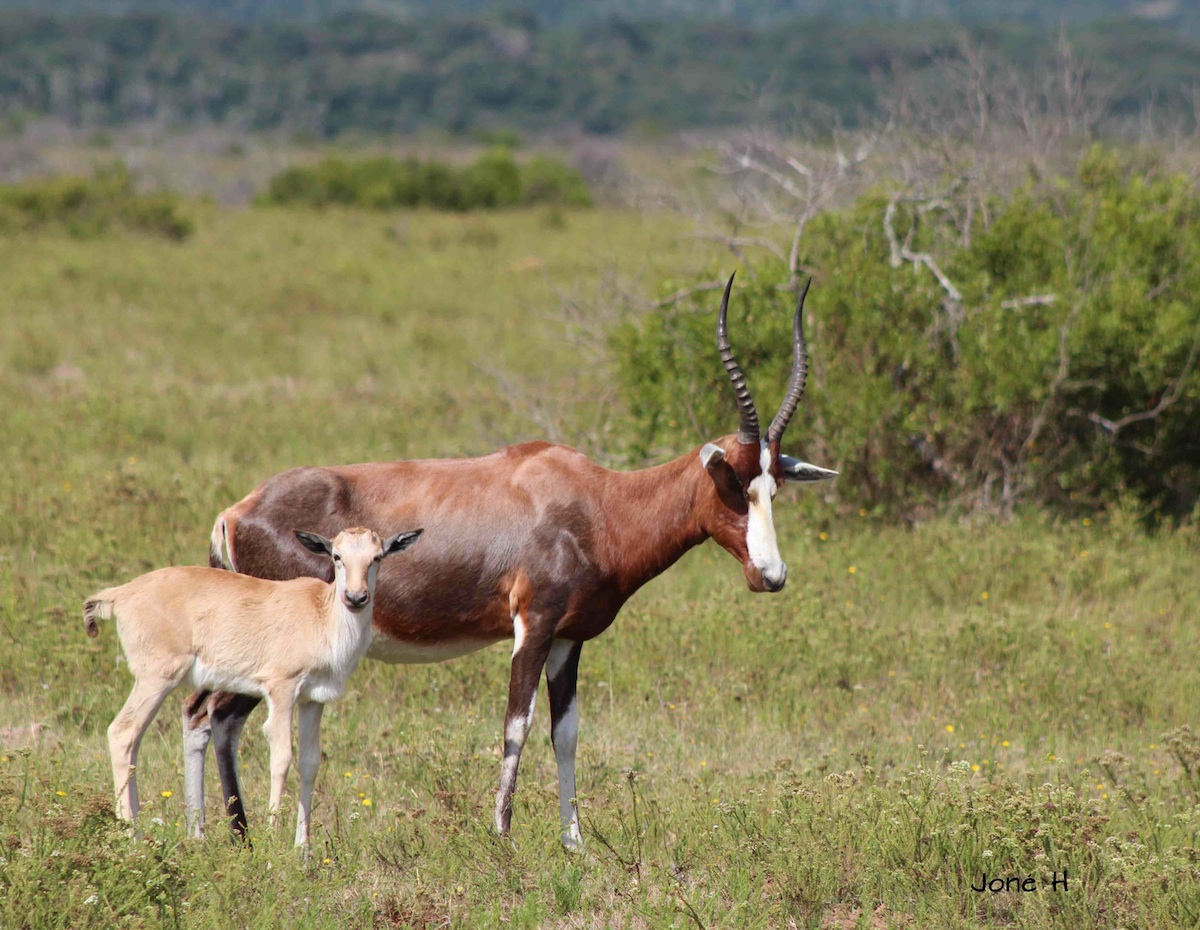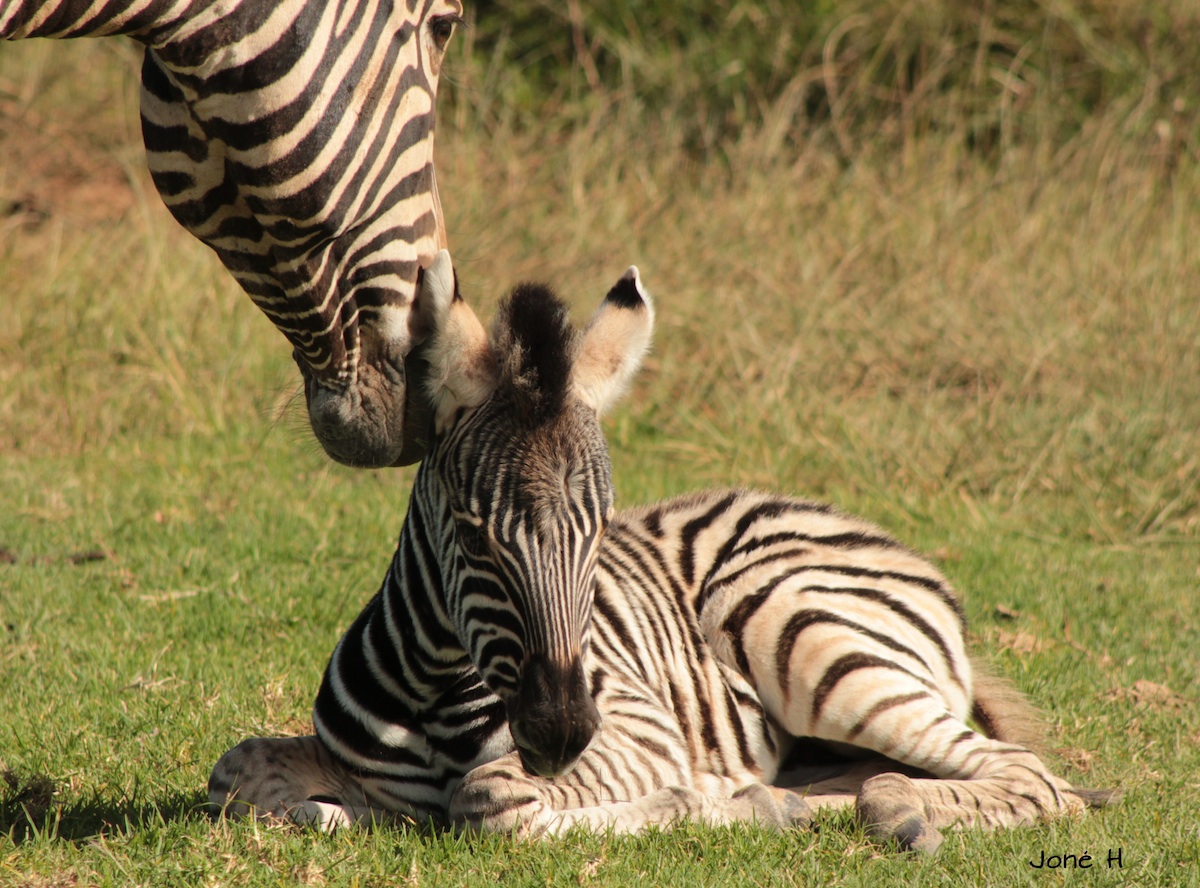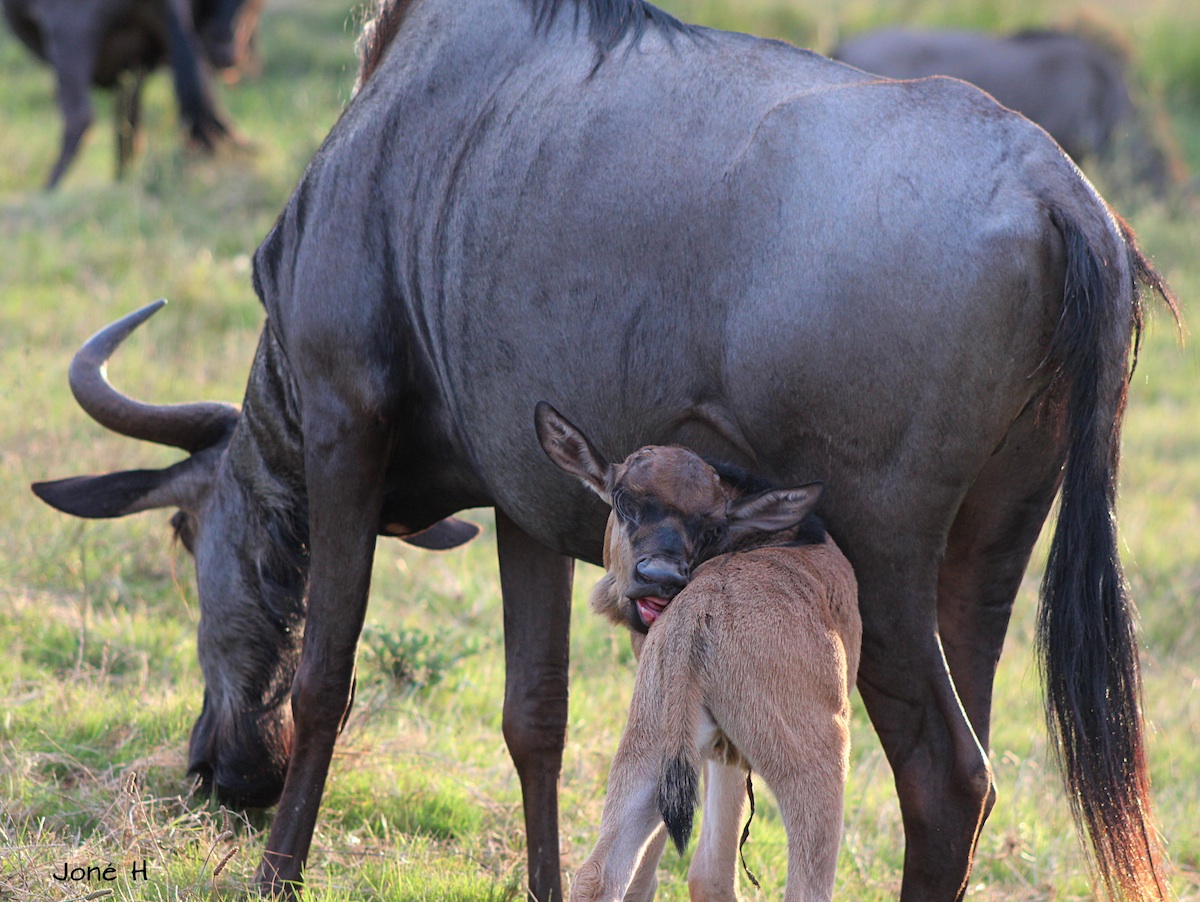Video: Babies Galore on our Eastern Cape Wildlife Reserve
This video is a heartwarming compilation of some of the healthy baby animals currently being enjoyed by guests on our Eastern Cape wildlife reserve. Enjoy watching impala, blesbok, zebra and giraffe suckling their young; a family of grazing warthog and a white rhino calf cheekily charging a herd of wildebeest. We wish that everyone could experience the wonder of African wildlife. Perhaps this video will inspire you to come and visit us.
Exciting Safaris on our Eastern Cape Wildlife Reserve
Kariega Game Reserve prides itself on being the home of the Big 5 and an abundance of general game and birdlife. A safari at Kariega never disappoints, as guests are sure to see a large variety of animal and bird species and learn fascinating facts about the African bush from our knowledgeable and enthusiastic rangers.
We hope you enjoy these few facts about some of the animals in our video:
Warthogs
Warthogs are part of the pig family. They get their name from the bumps on their faces that look like warts. Their preferred habitat is open plains and grasslands where they eat short grass by kneeling – as seen in this video. Luckily their knees are padded, calloused and hairy! Using their snout and tusks, a warthog can also dig for bulbs, tubers or roots. They have a good sense of smell and hearing, but poor eyesight. Female warthogs only have four teats and each piglet suckles from its own teat—no sharing allowed!

Blesbok
Blesbok are abundant at our Eastern Cape wildlife reserve. They are sociable animals that are seen in either herds of females with their young, bachelor herds or as territorial rams. Mature females usually have one lamb that is born any time between November and January. In the video you will see a female with her twins!

Zebra
Just like human fingerprints, a zebra’s stripe pattern is unique to the individual. They are highly sociable and live in groups that care deeply about each other. Mother zebras are very protective of their young. Infant zebras (foals) are able to stand, walk and suckle shortly after birth, and will continue to drink their mothers' milk for the first year of life.

Wildebeest
After a gestation period of eight to nine months, Blue wildebeest give birth to a single calf. All wildebeest give birth two to three weeks before the rainy season and within 15 minutes of being born a youngster is able to stand. When the calf is four months old they are weaned, although sometimes they will suckle until they are a year old.

It is a great privilege to observe wild animals with their young in the Eastern Cape wilderness. Please share you photos and experience with us on our Facebook page. We love hearing from you.










